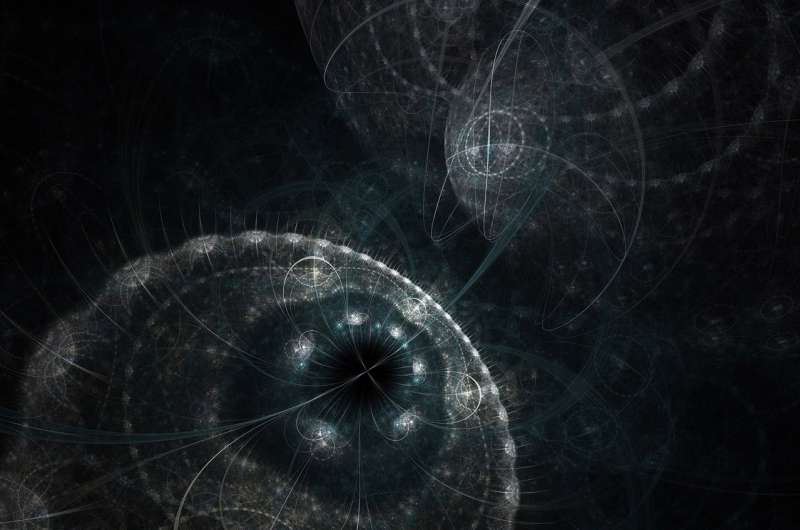2-D topological physics from shaking a 1-D wire

Limiting quantum particles to move in one, two, or three dimensions has led to the observation of many striking phenomena. A prime example is the quantization of the Hall conductance measured in 2-D materials in a strong magnetic field. Nowadays, gases of ultracold atoms provide a powerful platform for easily controlling the dimensionality of quantum systems. However, it is challenging in these setups to measure conductance properties, and a "cold-atomic quantum Hall effect" is yet to be observed.
Published in Physical Review X, this new study proposes a realistic scheme to achieve this goal. The research was conducted by G. Salerno and N. Goldman from Université libre de Bruxelles' "Physics of Complex Systems and Statistical Mechanics" research unit.
This proposal builds on recent experiments at the Swiss Federal Institute of Technology (ETH) in Zurich, where researchers observed the transport of atoms along a 1-D wire. To measure the quantum Hall effect, one must somehow extend this setup to two dimensions and include the effects of an external magnetic field. Researchers solve this by introducing a novel type of conductance measurement, which allows for the study of genuine 2-D effects starting from a single 1-D wire. The key idea is to extend the 1D channel with an additional synthetic dimension, which is designed simply by shaking the channel: in addition to traveling along the wire direction, atoms are driven to higher transverse vibrational states, hence mimicking motion along a transverse lattice.
This out-of-equilibrium approach not only increases the possibilities offered by atomic wires but also offers a particularly efficient probe for topological physics in quantum-engineered matter.
More information: G. Salerno et al, Quantized Hall Conductance of a Single Atomic Wire: A Proposal Based on Synthetic Dimensions, Physical Review X (2019). DOI: 10.1103/PhysRevX.9.041001
Journal information: Physical Review X
Provided by Université libre de Bruxelles





















